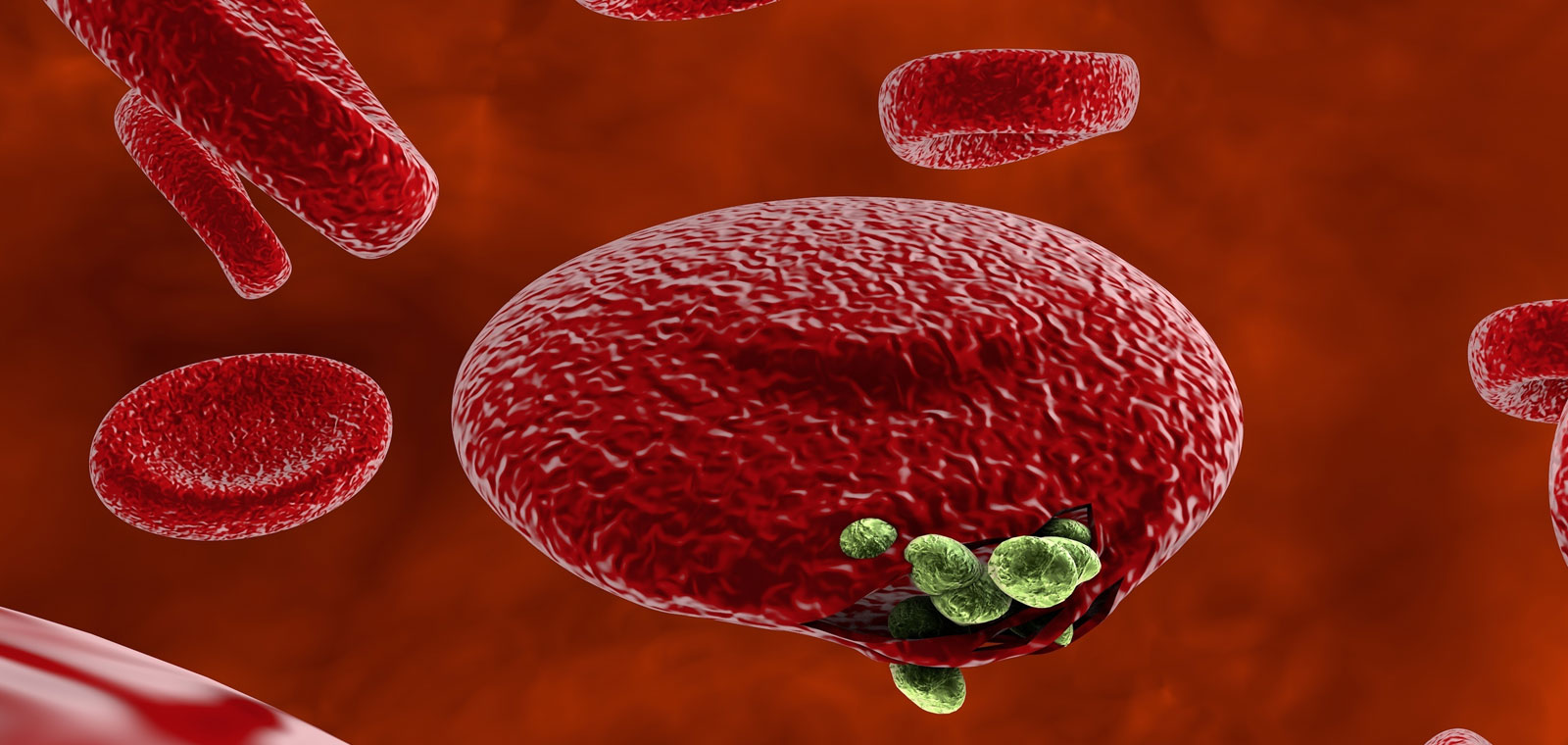
The second-most important cause of malaria in humans is the parasite Plasmodium vivax (P. vivax). Half the world’s population is exposed to this parasite and it makes more than 7 million people ill every year.
The illness can be very serious, sometimes even leading to death. Research into this parasite is made more difficult because we are unable to grow it. This is why we use the closely related monkey malaria parasite Plasmodium cynomolgi as a model. At the same time, we continue to work on methods that will enable us to grow the human parasite itself.
The vivax parasite only grows in young red blood cells
The problem is that P. vivax only grows in young red blood cells, known as reticulocytes. Unfortunately these reticulocytes are only found in blood in low percentages. That is why we started looking for an alternative source of these cells, in collaboration with the Technical University of Dresden. We carried out research to see whether a cell line derived from blood cancer might be suitable for this purpose.
Optimisation still needed
The first thing we had to do was introduce a blood group protein into this cell line. This is because the parasite needs this protein to penetrate the cell. Although we succeeded, there was still a problem: reticulocytes contain a large nucleus, which under natural circumstances is lost after the cell matures. We found it difficult to imitate this process well. Nonetheless, the research offers new leads for optimising this process.
The culture medium is important as well
Besides this research, we also studied the literature previously published in the field. This showed that not only the red blood cell is important for growing the parasite, but the culture medium as well.
You can find more information about our work in this area in this publication and this review article.

